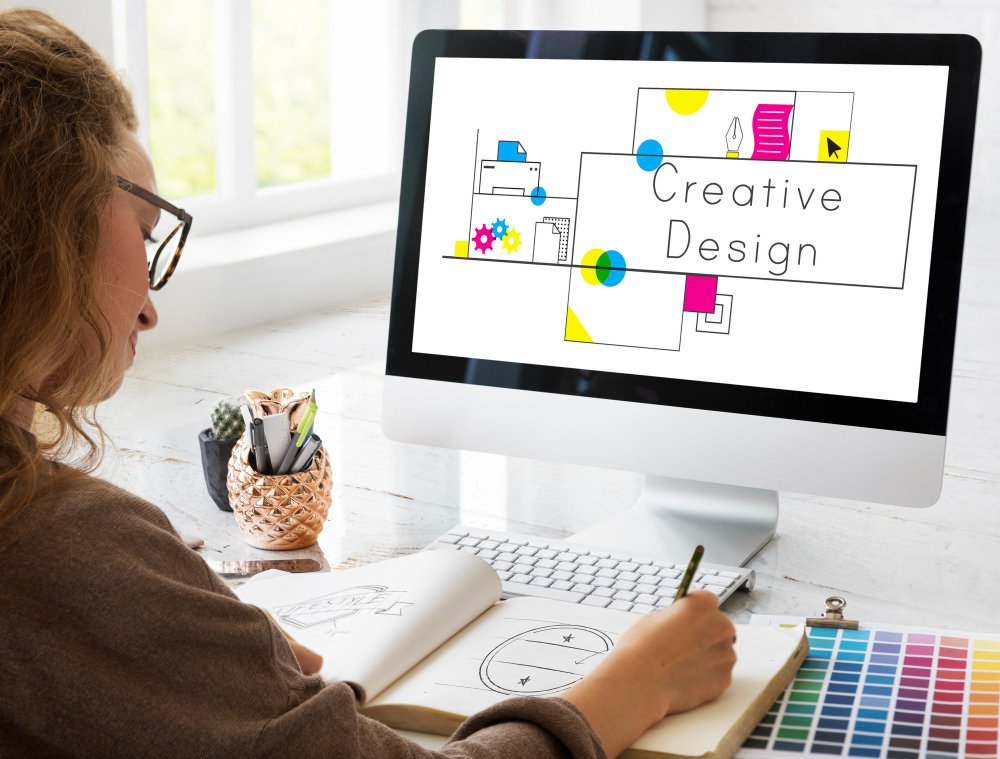The impact of technology on graphic design is a dynamic force that is constantly redefining the creative sphere. Technology has fundamentally altered designers’ tools, workflows, and creative possibilities, from powerful software to the rise of AI.
This article examines the primary factors of this technological revolution. For designers, understanding the benefits and drawbacks of this evolution is essential for navigating the future of the industry. It provides a roadmap for professionals to adapt and thrive amidst these ongoing changes.
Key takeaways:
- Technology in graphic design is a double-edged sword, bringing efficiency through automation but also challenges like job displacement.
- AI and digital tools raise intellectual property concerns by using copyrighted material for training, creating complex ownership questions.
- Technology has ushered in a golden age of creativity by making tools more accessible and affordable.
- The future of design lies in a collaboration where humans use technology to enhance their work while preserving creative skills.
Negative Impact of Technology on Graphic Design
While technology brings undeniable benefits, its disruptive force presents serious challenges for the graphic design industry. The rise of automation raises concerns about job security and the very nature of creative work.
1. Impact on Employment

Impact of technology on graphic design on the job market | Source: Freepik
According to the Future of Jobs Report 2025, graphic designers are projected to be the 11th fastest-declining job by 2030 as a result of technological advancement. This suggests a significant shift in the job market, a key concern regarding the impact of technology on graphic design.
2. Potential Loss of the Human Touch
So many user-friendly tools risk design losing its human-centric element. While AI can produce countless images, it lacks the critical thinking and emotional intelligence of a human designer. Ultimately, this over-reliance on technology could lead to a decline in quality and originality across the industry.
Also Read : Top 10 Common Mistakes in Website Design You Must Avoid
3. Intellectual Property Concerns
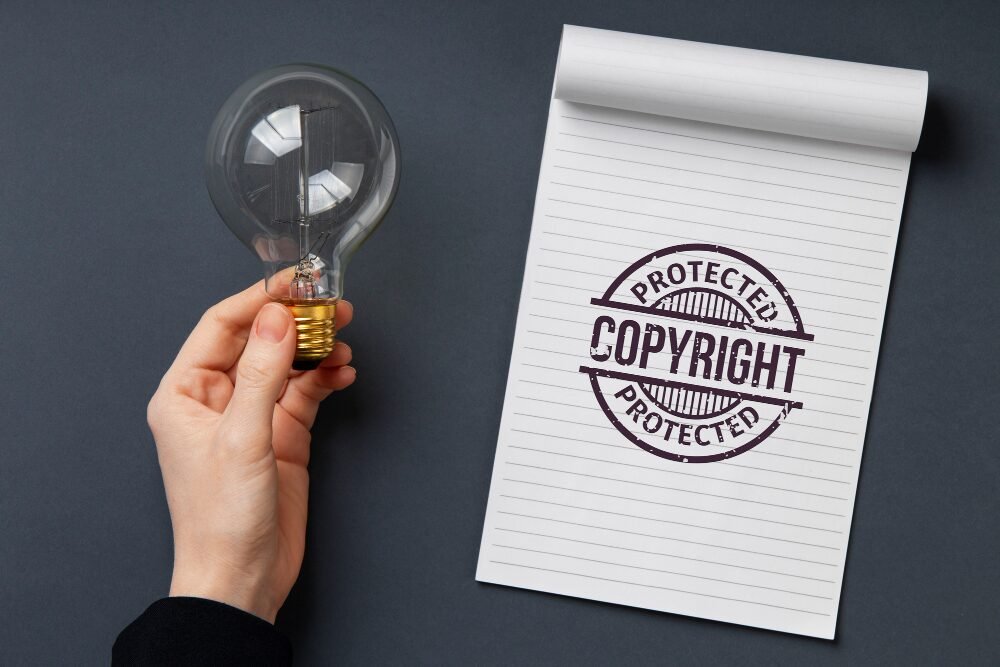
Intellectual property concerns in the digital era | Source: Freepik
AI-generated content has created a legal minefield for designers. This is because AI models are frequently trained using content sourced from the internet. This raises serious questions about ownership and plagiarism as the impact of technology on graphic design.
4. Quality and Originality
While technology makes design more accessible, it has also flooded the market with low-quality work. Free tools allow anyone to create uninspired content, which can devalue a professional designer’s skills and lower industry standards. This ultimately poses a significant challenge to a professional designer’s value in the market.
5. Over-reliance on Tools
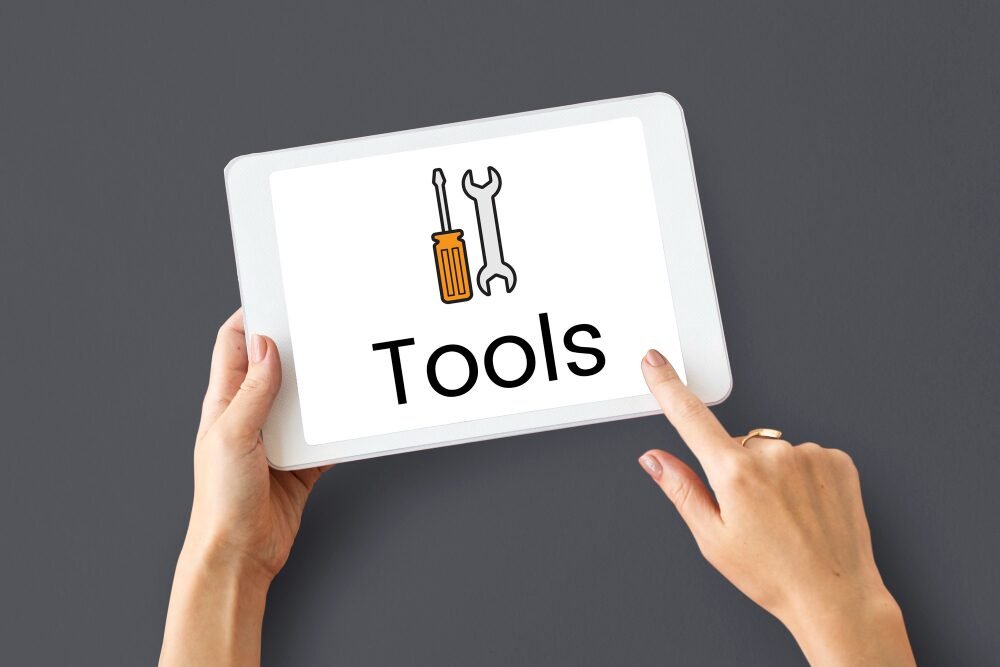
Designer becoming dependent on digital tools | Source: Freepik – rawpixel.com
Designers might grow overly dependent on AI and similar tools for creative solutions. This can lead to a decline in critical thinking, as they might just accept the first result instead of engaging in a deep creative process. This may eventually lead to a decline in their creative abilities.
Also Read : How to Build an Interactive Website in 10 Steps
Positive Impact of Technology on Graphic Design
Technology has ushered in a golden age of creativity by dismantling physical and technical obstacles. Designers can now achieve their work with unprecedented speed and efficiency, thanks to technology.
1. Increased Efficiency
Technology simplifies routine tasks, allowing designers to focus on high-level strategic projects. This highlights a key aspect of the transformative impact of technology on graphic design. Tools like Midjourney can generate multiple designs in minutes, enabling designers to iterate on ideas at an unprecedented pace.
2. Cost-Effectiveness
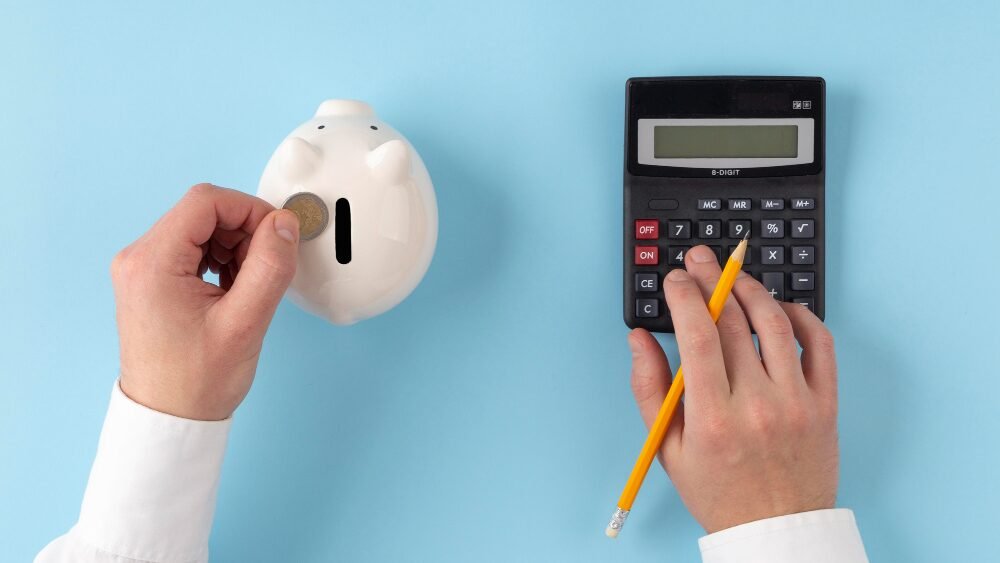
The cost-effectiveness of graphic design technology | Source: Freepik
The cost of professional design software and hardware has dropped considerably. This makes it easier for aspiring designers and small businesses to access the tools they need. By using this approach, designers and small businesses can access the tools and kickstart their careers without significant upfront costs.
3. Innovation and Creativity
Technology has introduced an entirely new world of creative possibilities. Designers can now develop interactive websites, augmented reality, and immersive virtual worlds. The impact of technology on graphic design is about breaking down old barriers and inspiring new forms of visual communication.
Also Read : Web Design Footer Best Practices with 10 examples
4. Accessibility
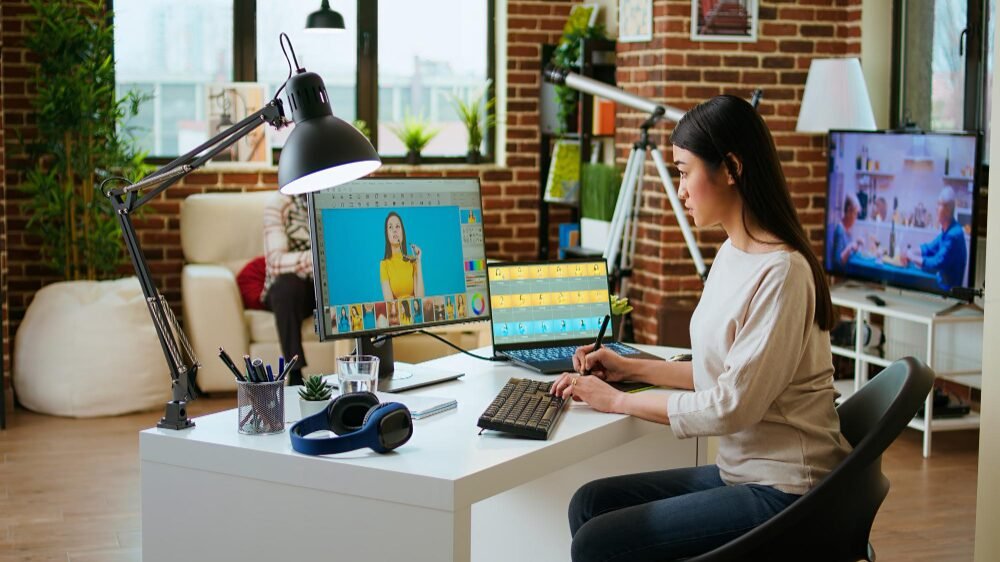
Remote work is a direct impact of technology | Source: Freepik
Technology has fostered greater inclusivity in the design world. With a laptop and internet connection, designers can work and collaborate remotely, opening the talent pool beyond major urban centers. This shift allows designers from diverse backgrounds to thrive and contribute to the industry.
5. Consistency
Technology provides powerful tools for brand consistency. By using digital style guides and centralized asset libraries, designers can ensure that colors, fonts, and logos remain consistent across all platforms.
Also Read : 11 Interactive Website Examples That Inspire Creativity
The Future Is a Collaboration: Man and Machine
The impact of technology on graphic design is an ongoing journey with a constantly evolving story. Designers who succeed will be those who see it as an ally instead of an enemy.
Digital technology has introduced countless new ways to express creativity and has given rise to new aesthetic trends. A good design is nothing without the right typography, as it is the very essence of a brand’s voice.Upgrade your projects with our unique assortment of high-quality digital fonts. Explore our range of high-quality typefaces that combine artistic flair with technical precision, available at Letterara Studio. With the right typeface, you can ensure your designs not only stand out but also leave a lasting impression.

